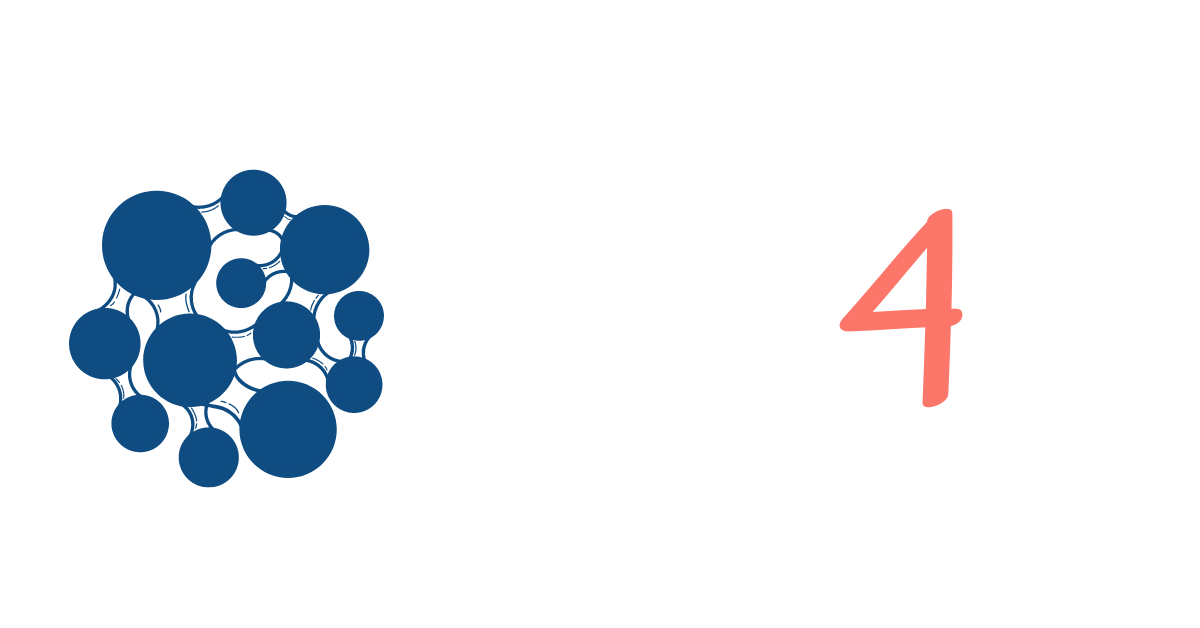Analysing the TiO2 surface reactivity based on oxygen vacancies computed by DFT and DFTB methods
Publication category: Paper
Publication date: June 13, 2022
Authors: Yarkın Aybars, Benjamí Martorell, Francesc Serratosa, Neus Aguilera-Porta, Monica Calatayud
Abstract: Titanium dioxide is a key material in many fields, including technological, industrial and biomedical applications. Many of these applications are related to the surface reactivity of TiO2 and involve its reducibility properties. Recently titania has been banned as a food additive due to its (nano)toxicity, and the release of reactive oxygen species plays a crucial role in many toxicological mechanisms. Determining chemical descriptors that account for the extension of reduction is necessary to understand such processes and necessary for predicting the reactivity of an unknown system. In the present work, we compute a set of chemical descriptors for selected surfaces of anatase and rutile TiO2. The aim is twofold: we want to provide chemically meaningful information on the surface reactivity, and benchmark the descriptors for two ab initio schemes. To do so, we compute the oxygen vacancy formation energy, and the corresponding electronic structure, in four slab models with two different computational schemes (DFT+U and DFTB). In this way, we characterize the robustness of the dataset, with the purpose of scaling up to more realistic model systems such as nanoparticles or explicit solvent, which are too computationally demanding for state-of-the-art density functional theory approaches.
